Schokland
The struggle of a small Dutch island against the sea.
Schokland wasn’t always an island. The oldest evidence of human settlements on Schokland dates back to 4500 BC when it was still part of the mainland. As time went by, the sea level raised, the nearby river clogged up and by 1500 BC the whole area had become an uninhabitable wet marsh.
In the middle ages the wetland was reclaimed to create farmland. Due to the draining of water, the peatlands compacted and ground level was lowered. At the same time the sea had been taking away land in the north. When the new coastline reached the reclaimed land, it was jus a matter of time before it all flooded. In about 1450, Schokland, which had been a peninsula for some time already, lost its last connection to the main land and became an island.
The 650 residents of Schokland lived on three artificially heightened mounds. The rest of the land was too wet to inhabit. Since there was very little space, the houses were built very close together. The land was flooded regularly and in extreme weather even the mounds weren’t safe. At about 1700 the island had become so small, that there was no more room for agriculture. The people turned to fishery instead, which made them a reasonable living. In the 19th century, however, the herring population had plummeted and the island lost its source of income. Most residents of Schokland became entirely depended on the state and charity.
Floods continually ravaged the island sweeping away 20 houses at a time. The people of Schokland were stubborn though. Even stimulation programs by the government couldn’t get them to leave. A drastic solution was necessary. In 1859 King Willem III signed a law to evacuate the island. The residents were distributed to several fisherman’s villages in the region.
The initial plan was to let the sea swallow the island. After much protest it was decided that a few men and their families were to live on the island. They were to take care of the small harbor (which was a safe haven for ships in trouble), the lighthouse and to protect it from the sea as far as that was possible. The story goes that the last lighthouse-keeper went insane from the loneliness and had to be removed from the island.
In 1936 work started on a large land reclamation project; the Noordoostpolder. In 1941 the draining of the polder started and in the year after, Schokland was an island no more. (The listed opening hours are for the museum on the island the former island itself is freely accessible)
Community Contributors
Added by
Edited by
The Atlas Obscura Podcast is Back!



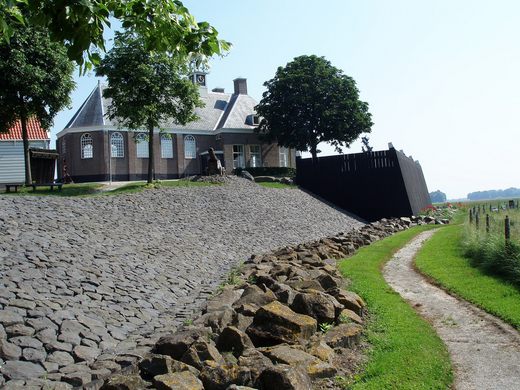
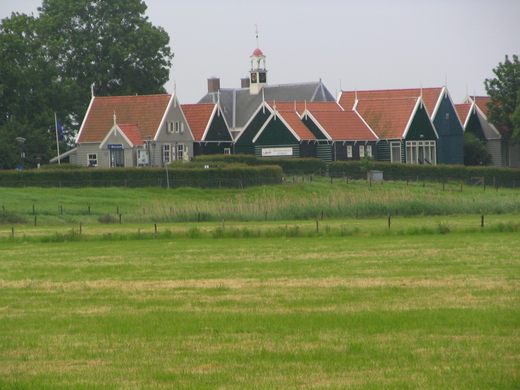
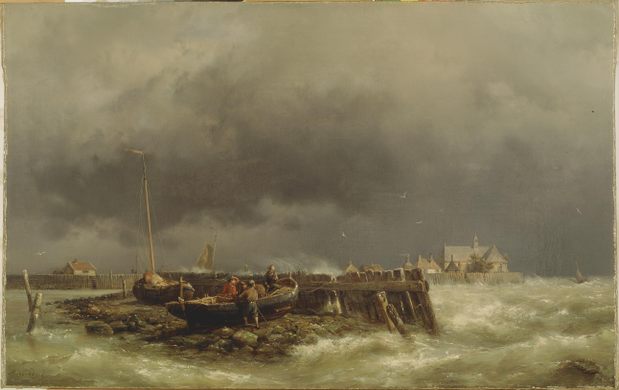



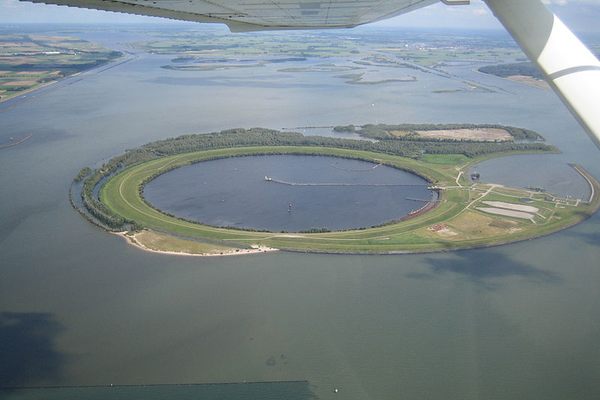
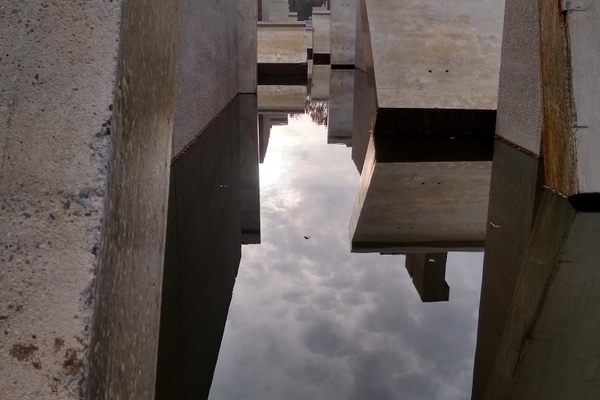

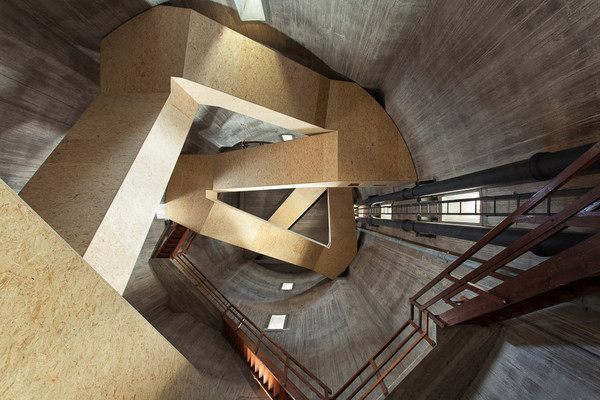

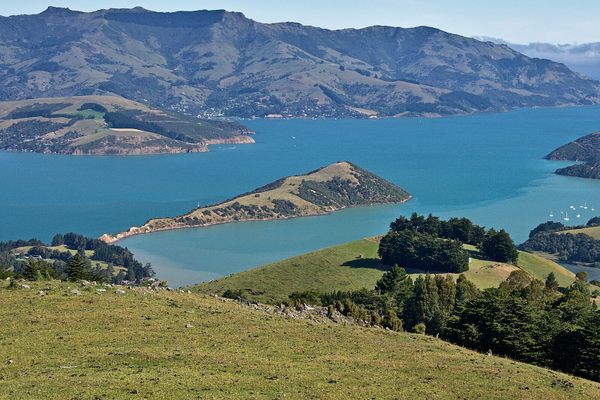
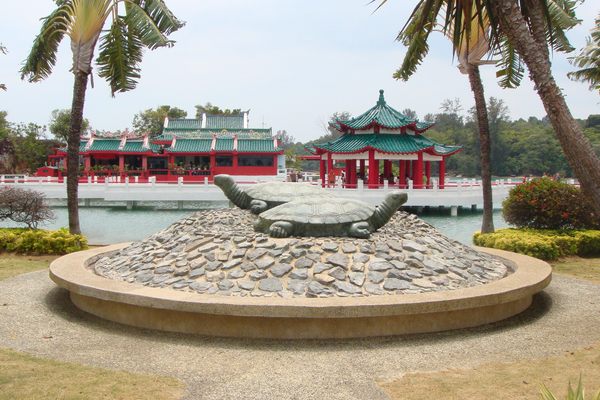


Follow us on Twitter to get the latest on the world's hidden wonders.
Like us on Facebook to get the latest on the world's hidden wonders.
Follow us on Twitter Like us on Facebook